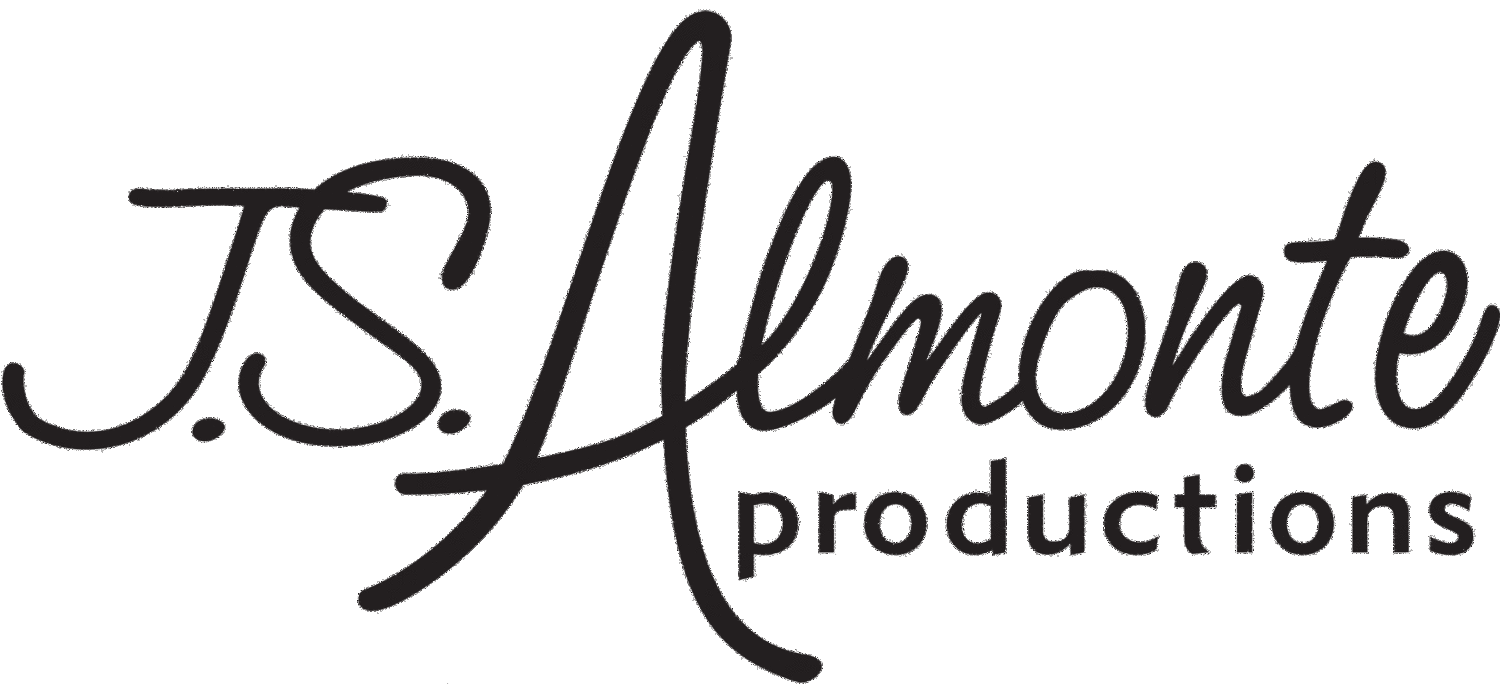Check out these trailers for the upcoming documentary “Everything Remains Raw: Hip-Hop's Folkloric Lineage” by Moncell "ill Kozby" Durden. I included one of these trailers in my Frankie95 video round up for Monday, but I wanted break it out to address a related issue.
http://www.youtube.com/watch?v=JkABq6FNtZc
http://www.youtube.com/watch?v=0slRuuS0FwI
I saw a rough cut of the film at the Frankie Manning’s 95th Birthday Festival a few weeks ago. The amount video footage this guy has put together is astounding. It seems as though that he got his hands on almost every bit of American vernacular jazz dance inspired footage in the past 100 years, of which Lindy hop is a significant part. He’s used that to create a tangible link to pretty much any and every popular dance seen today.
Rik Panganiban has a nice summary and a short video from the talk on his blog.
I find this particularly apropos since there’s been some hand wringing about the amount of Charleston used in social Lindy Hop as if those dances emerged separately from each other and the mixing of the two is somehow detrimental to the dance or to dancers in general. Note that this is not about the playing of 2-beat music which is a related, but separate topic.
It may be the label on the “marquee” when you first walk in the door, but that we are a “Lindy Hop” community does seem to be a bit of a misnomer these days. At least in terms of the national level. I choose to see this as one of the nice side effect of people really exploring the roots of this dance and discovering its links to other vernacular jazz dances.
Here’s a longer clip of on one of the snippets from the trailers.
It’s footage of someone solo dancing in the 1940’s, but you could easily see him dancing with these guys, The Philippine All Stars at the World Hip Hop Dance Championships last year:
I should point out that the reason Charleston movements, both solo and partnered, are an integral part of any instructor’s curriculum today is because in the early part of this decade, people were forgetting or completely discounting that aspect of Lindy Hop’s roots. Denying ourselves of that knowledge also made us forget that both dances are part of a broader cultural tradition that is no longer bound by time or geographic boundaries.
Interestingly enough, the death of Michael Jackson has also produced a lot of similar talk about the lineage of his dancing.
http://www.youtube.com/watch?v=fxZcLWAmdco
In a sense our Lindy Hop community is an almost perfect microcosm of the appeal of the African-American vernacular dance tradition. Check out the Harlem Hot Shots from Sweden strutting their stuff against a hip hop crew.
The Hotshots are a troupe of dancers who have dedicated themselves to the performance of vintage jazz dances. As you can see, their study and hard work allows them to show that there isn't that big of a gulf between the past and present.
From Cakewalk to Krumping, from Black Bottom to Break Dancing.; I hope Durden’s documentary will help to illustrate and reaffirm that Charleston and Lindy Hop come from a cultural tradition which has spawned swing, soul, hip hop, and lots of great things in between and beyond.




